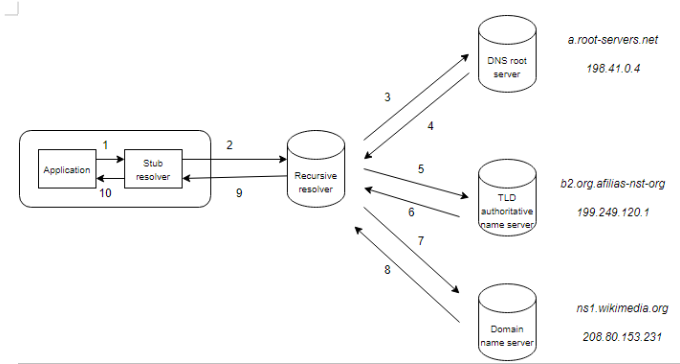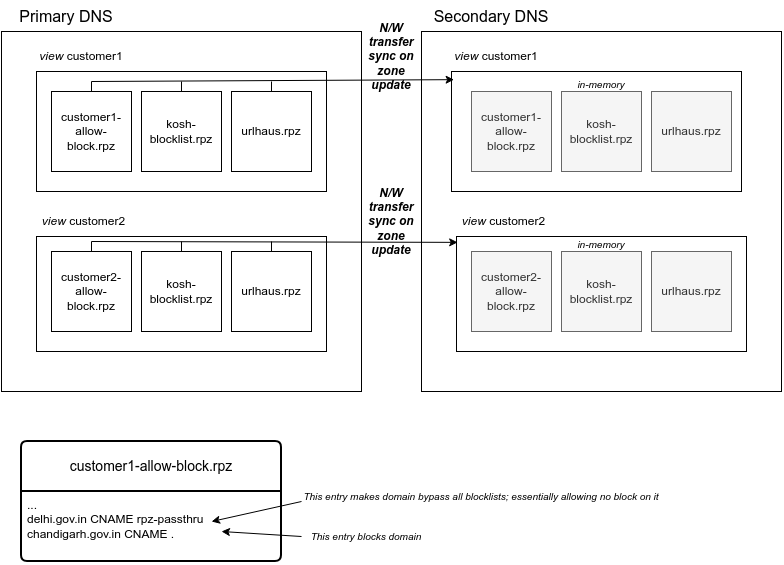Hopbox Public GNU software mirror
from Sahil Dhiman
We at Hopbox have been Free Software users and contributors for more than a decade now. We were looking to contribute more to the community in a different from usual way. Downloads from GNU FTP mirrors were slow in India and there existed only 1 mirror (when we decided) for whole of India. As of 4th April 2024, we’re only GNU mirror in India.
GNU is an extensive collection of software packages like Bash, Emacs, Octave and various coreutils. So after a quick discussion, we started hosting a GNU software mirror on our locally hosted Chromebox. The mirror is available on both http://mirrors.hopbox.net/gnu/ and https://mirrors.hopbox.net/gnu/.
As most Free Software don’t have commercial backing and require heavy downloads, the concept of software download mirrors helps take the traffic load off of the primary server, leading to geographical redundancy, higher availability and faster download in general.
At Hopbox, we regularly build a in-house customized version of OpenWrt, a GNU/Linux distribution for routers and embedded devices, which in turn uses GNU coreutils for compilation. Having a local mirror gives us speeds faster than 1 Gbps which is many times faster than our internet speeds, as traffic gets served locally.
The mirror is running on a Dell Optiplex 3020 solely dedicated for mirroring purposes behind a Hopbox APU gateway. The mirror right now is running on base Debian 12 bookworm.
Presently the mirror is serving 30-50 GB of traffic daily since becoming the sole GNU FTP mirror in India with Emacs and Octave fighting for top downloaded package. We generally see traffic from India and neighboring countries.

